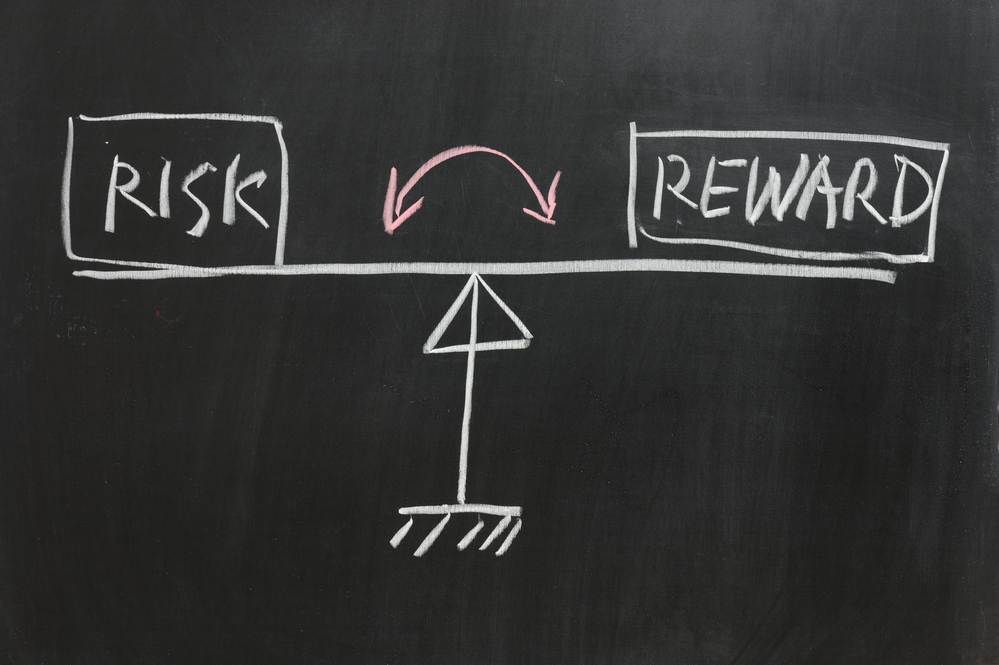Risk and Return
Definitions and Basics
Risk-Return Trade Off, from EconomicTimes.indiatimes.com.
Definition: Higher risk is associated with greater probability of higher return and lower risk with a greater probability of smaller return. This trade off which an investor faces between risk and return while considering investment decisions is called the risk return trade off….
Description: For example, Rohan faces a risk return trade off while making his decision to invest. If he deposits all his money in a saving bank account, he will earn a low return i.e. the interest rate paid by the bank, but all his money will be insured up to an amount of….
However, if he invests in equities, he faces the risk of losing a major part of his capital along with a chance to get a much higher return than compared to a saving deposit in a bank.
In the News and Examples
Riskless Society, from the Concise Encyclopedia of Economics
Since the late fifties the regulation of risks to health and safety has taken on ever-greater importance in public policy debates—and actions. In its efforts to protect citizens against hard-to-detect hazards such as industrial chemicals and against obvious hazards in the workplace and elsewhere, Congress has created or increased the authority of the Food and Drug Administration, the Environmental Protection Agency, the Occupational Health and Safety Administration, and Consumer Protection Agency, and other administrative agencies….
Why are some people frightened of risks and others not? Surveys of risk perception show that knowledge of the known hazards of a technology does not determine whether or to what degree an individual thinks a given technology is safe or dangerous….
One recent study sought to test this theory by comparing how people rate the risks of technology compared to risks from social deviance (departures, such as criminal behavior, from widely approved norms), war, and economic decline. The results are that egalitarians fear technology immensely but think that social deviance is much less dangerous. Hierarchists, by contrast, think technology is basically good if their experts say so, but that social deviance leads to disaster. And individualists think that risk takers do a lot of good for society and that if deviants don’t bother them, they won’t bother deviants; but they fear war greatly because it stops trade and leads to conscription. Thus, there is no such thing as a risk-averse or risk-taking personality….
A Little History: Primary Sources and References
Harry Markowitz, biography from the Concise Encyclopedia of Economics
In 1990, U.S. economists Harry Markowitz, William F. Sharpe, and Merton H. Miller shared the Nobel Prize for their contributions to financial economics. Their contributions, in fact, were what started financial economics as a separate field of study. In the early fifties Markowitz developed portfolio theory, which looks at how investment returns can be optimized. Economists had long understood the common sense of diversifying a portfolio; the expression “don’t put all your eggs in one basket” has been around for a long time. But Markowitz showed how to measure the risk of various securities and how to combine them in a portfolio to get the maximum return for a given risk….
William Sharpe, biography from the Concise Encyclopedia of Economics
In the sixties Sharpe, taking off from Markowitz’s portfolio theory, developed the Capital Asset Pricing Model (CAPM). One implication of this model was that a single mix of risky assets fits in every investor’s portfolio. Those who want a high return hold a portfolio heavily weighted with the risky asset; those who want a low return hold a portfolio heavily weighted with a riskless asset, such as an insured bank deposit….
Advanced Resources
Risk, Uncertainty, and Profit, by Frank Knight on Econlib
Related Topics
Financial Markets
Insurance
Saving and Investing
Government Budget Deficits and Government Debt
Entrepreneurs
Profit

